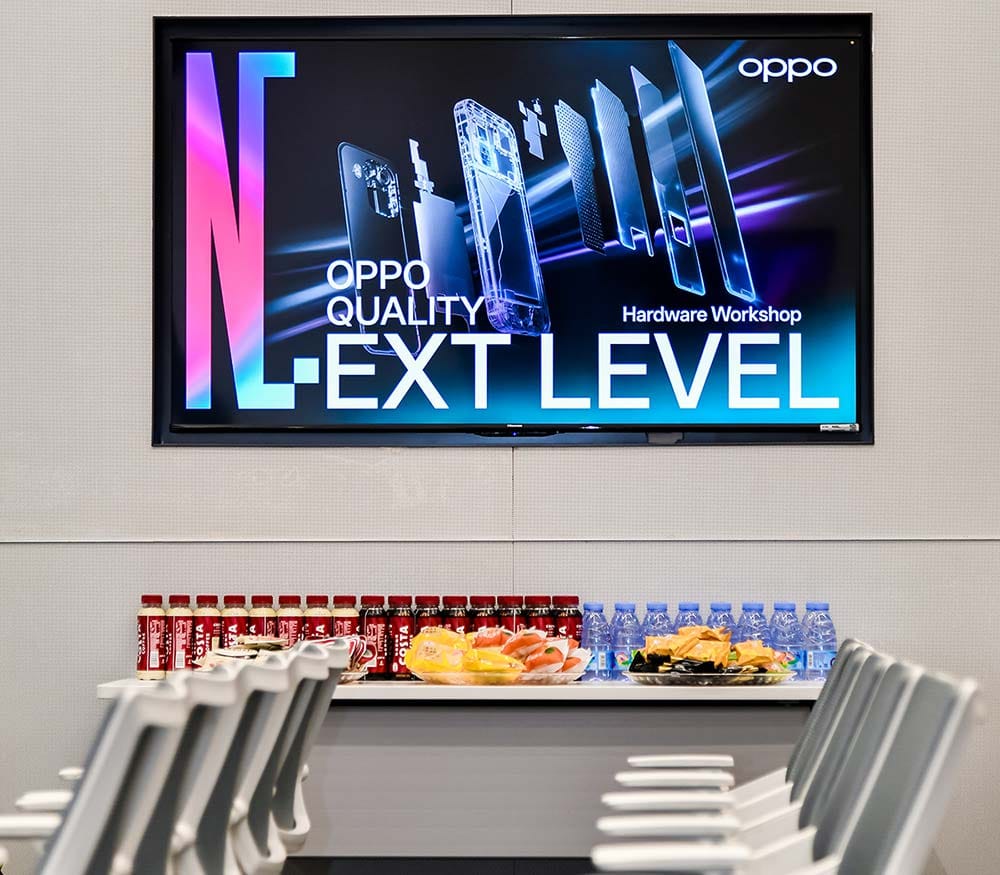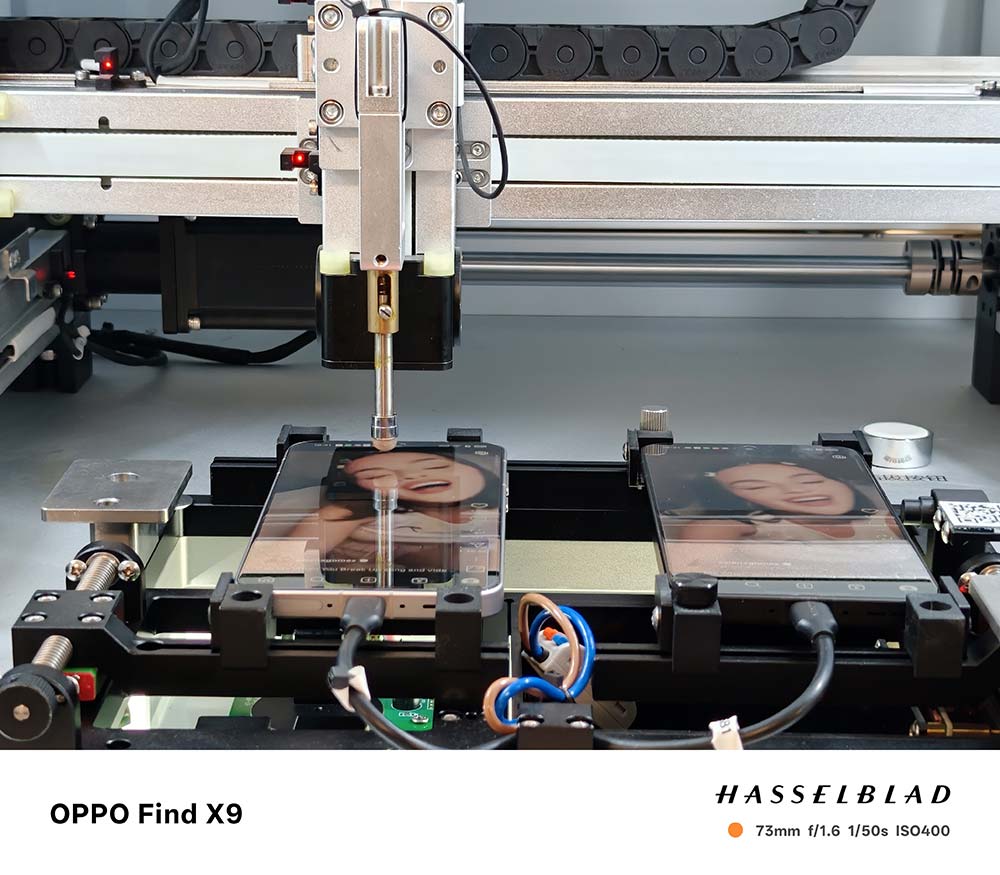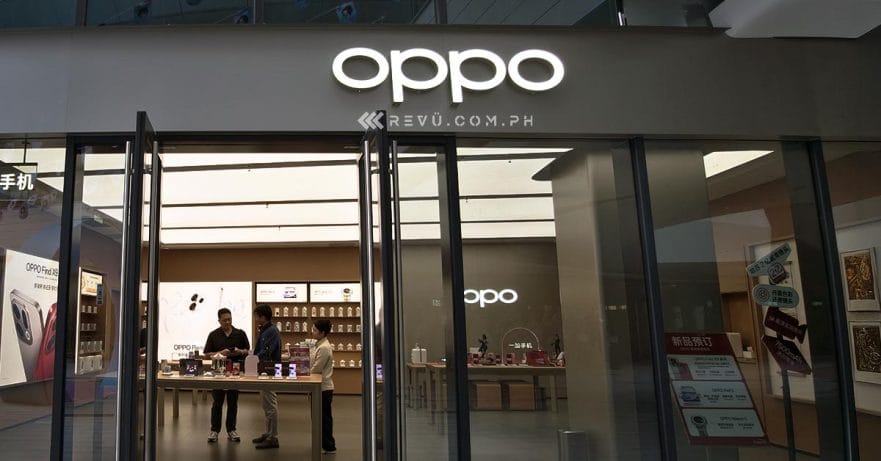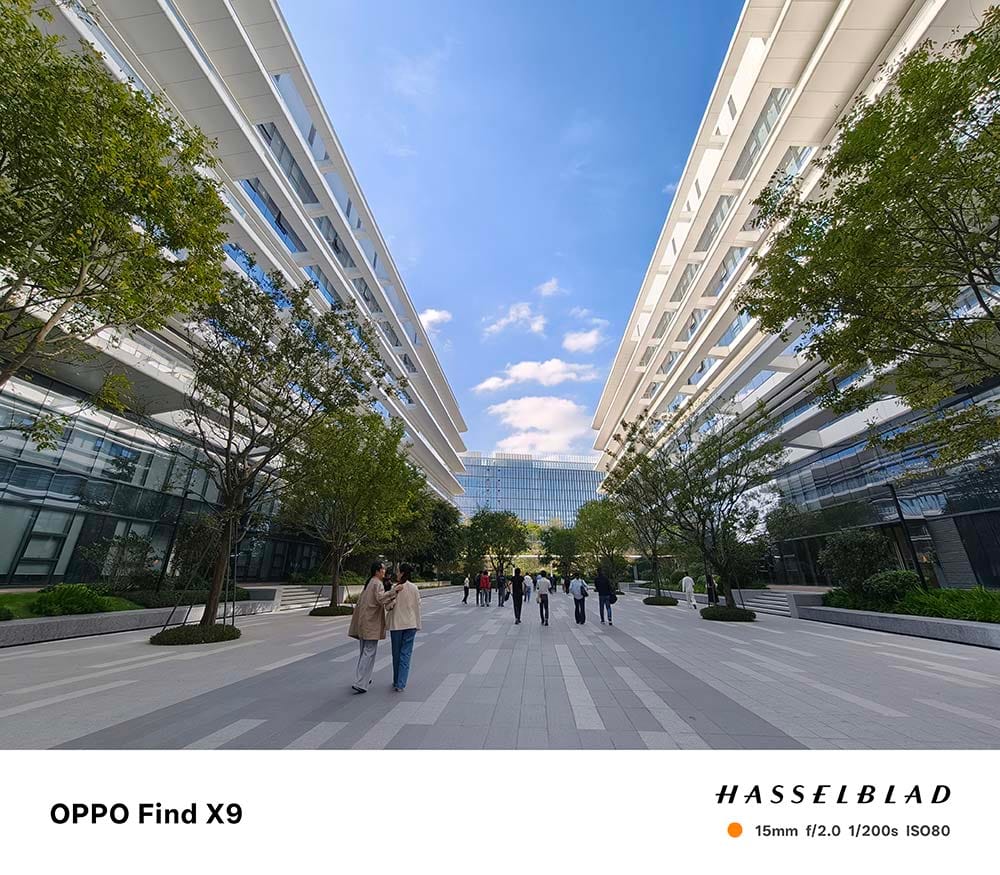Look, we review a lot of smartphones for a living. And we mean a lot. So trust us when we say this: The one thing that still haunts even the most powerful Pro-Max-Ultra Android flagships — at least, in some cases — is the jank.
You know, that tiny stutter when you swipe, the half-second lag when you launch an app, the general feeling that things just get slower over time.
#OPPOQuality: Tried and tested
An ‘Apex’ plan to end lag
We were in Shenzhen, China, last week, getting a behind-the-scenes look at OPPO‘s sprawling Binhai Bay R&D campus, and this was the exact problem the company claimed to be solving. OPPO knows all of us hate lag, so it’s throwing a new software suite at the problem to make its phones feel noticeably smoother and of higher, next-level quality.

It’s all part of an initiative called Apex Guard. Think of it as the brand’s top-to-bottom promise that its devices will last longer — and, perhaps more importantly — feel faster. And while that includes improved hardware like stronger aluminum and efficient, longer-lasting batteries (which are both important, don’t get us wrong), the real story for those of us who live on our screens is in ColorOS 16, OPPO’s Android 16-based custom overlay. This software, which is debuting on the recently announced OPPO Find X9 Series 5G, is built to finally tackle that Android jank.
Slick, stylish, stunning, smart, and smooth.
— ColorOS (@colorosglobal) October 15, 2025
Introducing #OPPOColorOS16#SmartandSmooth pic.twitter.com/laj5pOcU7s
Android 16-based ColorOS 16, which debuts on the recently announced OPPO Find X9 Series 5G, is built to finally tackle the Android jank
OPPO is betting the farm (or should we say campus?) on two new software engines. The first is the All-New Luminous Rendering Engine, and OPPO claims it’s the “first Unified Animation Architecture for Android,” delivering seamless app launches and smooth transitions across the entire system.
The second piece is the upgraded Trinity Engine, which is built to handle the chaos of real-world use. Its Chip-Level Dynamic Frame Sync technology basically helps the system respond in real time to keep performance smooth even when you’re multitasking heavily. Perhaps more practically, it includes sensor-offload technology that leverages the main processor more efficiently to handle sensor tasks. This significantly cuts down on power consumption when you’re doing something demanding, like recording a long 4K video at a smooth 60 frames per second.
SEE ALSO: OPPO Find X9 impressions: Not a gaming phone, but it might as well be
What’s really interesting is that OPPO isn’t just reserving all this UX-focused tech for its pricey flagships. Apex Guard’s Project Breeze is specifically designed to siphon these high-end animations all the way down to its entry-level devices. For those cheaper models, the company is also adding Instant Refresh to ColorOS 16, which aims to reduce data fragmentation and optimize app permissions to keep the smartphone feeling zippy with just a single tap.
To prove this wasn’t all just talk, OPPO showed us exactly what it means at its new Binhai Bay R&D campus. The brand built what they call an Endurance Simulation Suite, an entire system dedicated to “aging” phones. These aren’t just simple stress tests; they’re intense simulations of what you’d do to a phone over 48, 60, or even a whopping 72 months of continuous use.
We saw this in action with our own eyes. OPPO’s engineers showcased two phones side-by-side, in a very simple, very effective demo. One model was brand new, straight from the factory. The other had been put through a torture chamber, simulating years of use. They launched the basic Phone/Dialer app on both at the exact same time. We were expecting some lag, some stutter, some sign of old age from the used device. But the result? The difference was marginal. Both units popped open the app instantly.
This is the entire goal of a new, frankly wild internal benchmark OPPO has established for all its devices, calling it the Parallel Animation Standard 6 Zero. It’s an internal promise to achieve “0 Lag, 0 Latency, 0 Flicker, 0 Crash, 0 Mislaunch, and 0 Freeze” when you’re doing something as basic, and as critical, as opening multiple apps in quick succession from the home screen.
It’s definitely a high bar, and it’s the kind of standard that’s almost impossible to quantify in the real world. But having tested OPPO units for years, including the latest OPPO Find X9 flagship, we think the promise holds up and it’s an especially important distinction that the OEM could proudly wear on its hat, based on our own experience.
Inside the industry’s largest software-testing lab
We also walked through the campus’ Intelligent Terminal Testing Lab, which, we’re told, is the largest software-testing lab in the industry. It’s a pretty wild sight, to be honest. We were taken into a massive 2,000-square-meter room that looks like a server farm — except it’s just rows and rows of cabinets holding over 20,000 devices being tested simultaneously.
The whole place operates 24/7, with almost every process fully automated. We’re talking a massive operation where they check nearly one million lines of code every month to hunt down bugs and security flaws. On top of that, the lab tests over 10,000 of the most popular global apps to verify compatibility across all new devices and system versions.

OPPO also showed us the Power Consumption Intelligent Lab, which is basically the brains behind that smooth ColorOS experience. It’s another 24/7, fully-automated room with over a hundred devices being tested with AI-driven simulations of real-world use — all to make sure that smoothness doesn’t kill your battery life.
We saw the Automated Microwave Lab, too, which is said to be the industry’s first fully automated, nonstop OTA [Over-the-Air] testing system. It’s a setup you can imagine being shown in a sci-fi movie, featuring high-precision robotic arms and 0.2mm-precision machine vision that just tests and re-tests the phone’s wireless reliability, 24/7, to minimize human error. It’s an insane level of dedication to fixing dropped calls and dead spots.
Then there was the Communication Lab. This place was clearly one of the most expensive labs on campus, with an investment of hundreds of millions of Chinese yuan. This is where the brand develops and refines technologies like AI LinkBoost and the 360-degree Surround Antenna Design. It even has a Live Network Wireless Lab that can simulate “bad signal” environments, like the inside of an elevator, to test how fast the smartphone can find the signal again.
Bringing it all home to the OPPO Find X9
As for the hardware, the OPPO Find X9 is already available for preorder in the Philippines. The status of the more expensive and kitted-out OPPO Find X9 Pro is still up in the air, though we’ve been told that the company isn’t closing the doors on a local release just yet. For now, it’s the standard Find X9 carrying the torch for the brand’s smooth-for-life promise.
We’ve actually been using the vanilla Find X9 Series 5G model as our main shooter for the past few weeks, and it’s the phone we brought with us to China to document the entire experience. You can check out some of the photos we’ve taken with it (including from the trip) on our social channels, and our full, in-depth review is coming next week once the local embargo is lifted.
In the Philippines, the OPPO Find X9 is available in Titanium Grey and Space Black colors, priced at P69,999 (roughly $1,190) for the top-end configuration with 16GB of physical RAM and 512GB of storage.
(Disclosure: OPPO sponsored our trip to Shenzhen, China, for this event.)
Share this Post





